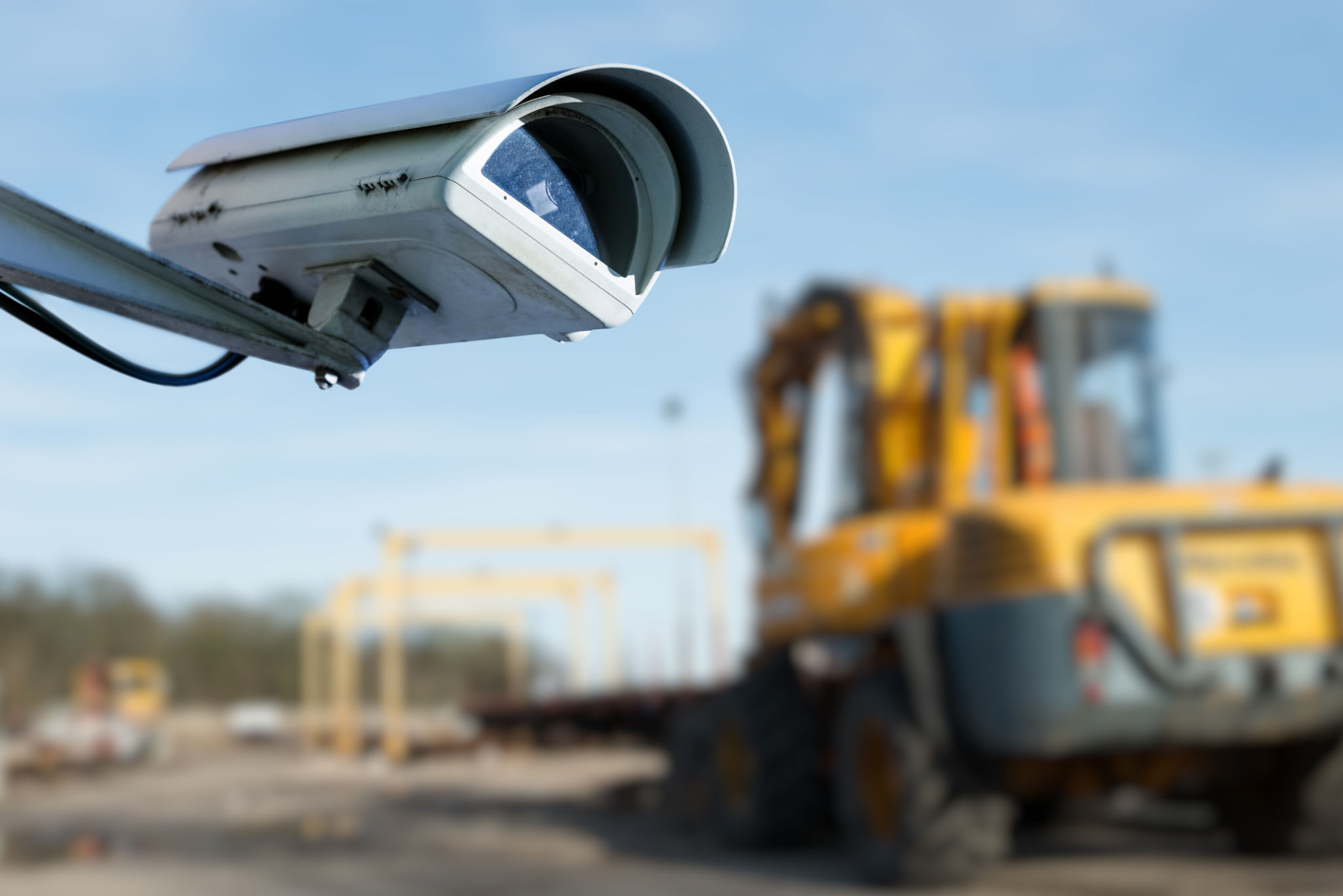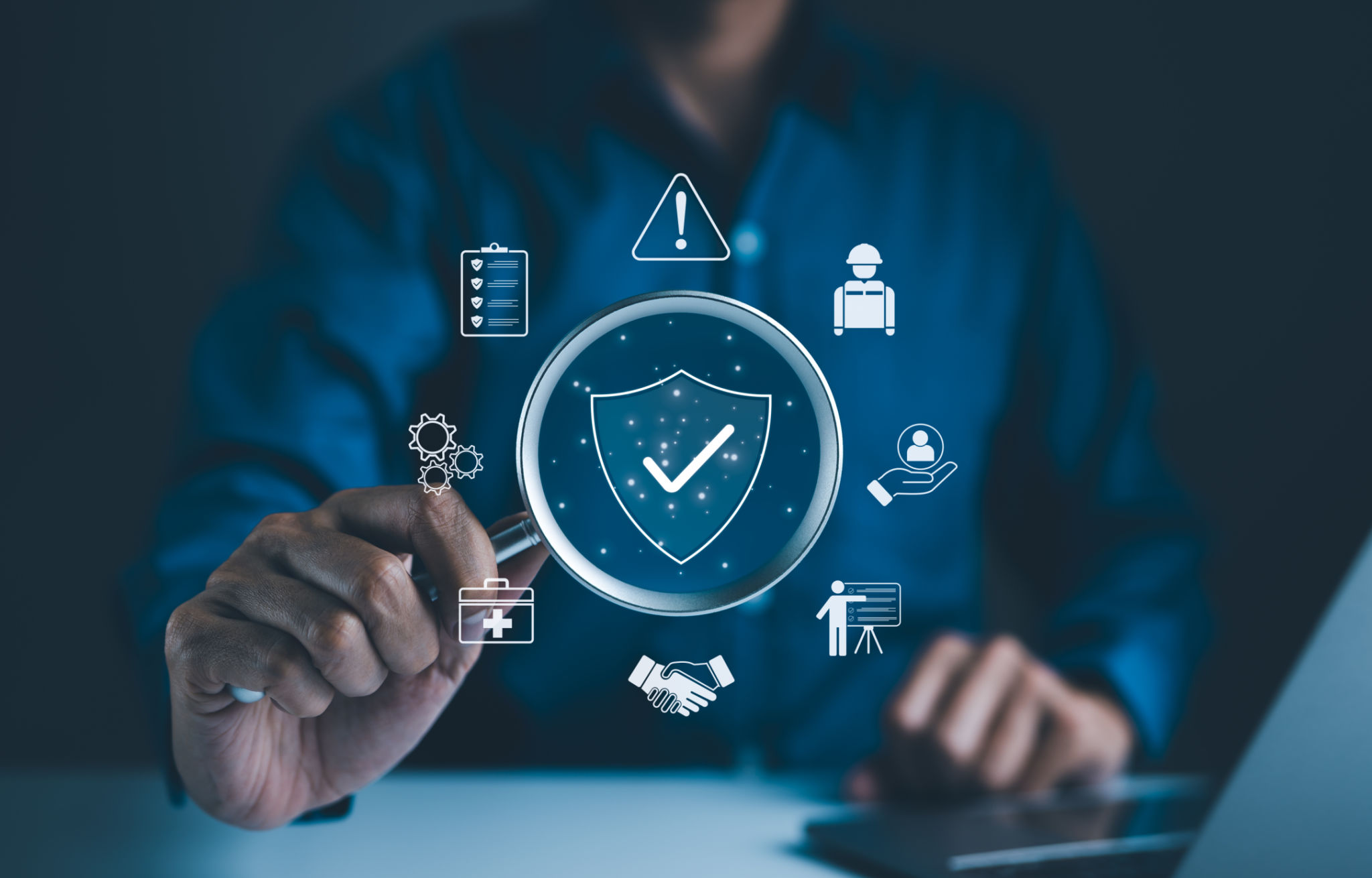Safety and Security: Essential Practices for Building Management
Understanding the Importance of Safety and Security in Building Management
In the realm of building management, maintaining a secure and safe environment for occupants is paramount. Whether it's an office complex, residential building, or commercial space, ensuring the safety of everyone who enters and exits is a top priority. Building managers must adopt comprehensive safety and security measures to protect both people and property effectively.

Implementing Access Control Systems
One of the foundational elements in building security is the implementation of access control systems. These systems regulate who can enter and exit the building, ensuring that only authorized individuals have access. Options range from traditional keycard systems to more advanced biometric access controls. By restricting entry, you can significantly reduce the risk of unauthorized access.
Regularly updating and maintaining these systems is crucial. This includes changing access codes, updating user permissions, and ensuring that hardware is functioning correctly. Additionally, integrating access control with other security measures can enhance the overall safety of the building.
Surveillance Systems and Monitoring
Surveillance cameras serve as critical components in monitoring activities within and around a building. They not only deter potential intruders but also provide valuable evidence in the event of an incident. Modern surveillance systems offer features such as high-definition video, night vision, and remote monitoring capabilities.

Building managers should ensure that cameras are strategically placed to cover all entry points, corridors, and common areas. Regularly check that all cameras are operational and that footage is being recorded and stored securely. Consider integrating surveillance systems with alarm systems for enhanced security.
Emergency Preparedness and Response
Preparing for emergencies is a crucial aspect of building management. This involves developing a comprehensive emergency response plan that covers various scenarios such as fires, natural disasters, and security threats. Conduct regular drills to ensure that all occupants are familiar with evacuation routes and procedures.
It's also essential to have emergency equipment readily available, such as fire extinguishers, first aid kits, and defibrillators. Regular maintenance checks on these items ensure they are in working order when needed.

Ensuring Regular Maintenance and Inspections
Routine maintenance and inspections are vital for identifying potential safety hazards before they become serious issues. This includes checking electrical systems, heating and cooling systems, elevators, and other critical infrastructure components. Conducting regular inspections helps in maintaining compliance with safety regulations and standards.
Additionally, having a responsive system in place for addressing maintenance requests can prevent minor issues from escalating into significant safety concerns.
Training and Awareness Programs
Building occupants should be informed about safety protocols and procedures through training and awareness programs. Regular workshops or seminars can provide valuable information on personal safety, emergency responses, and reporting suspicious activities. Encouraging a culture of safety among occupants can significantly enhance overall building security.

By involving occupants in safety practices, building managers can create a more secure environment where everyone plays an active role in maintaining safety standards.
Conclusion: A Multi-Faceted Approach to Safety
Ensuring safety and security in building management requires a multi-faceted approach that combines technology, preparedness, maintenance, and education. By implementing these essential practices, building managers can provide a secure environment for all occupants, fostering peace of mind and enhancing the overall functionality of the building.
